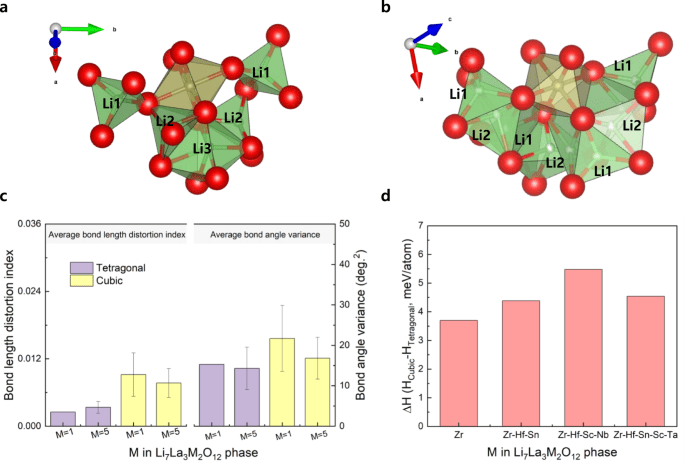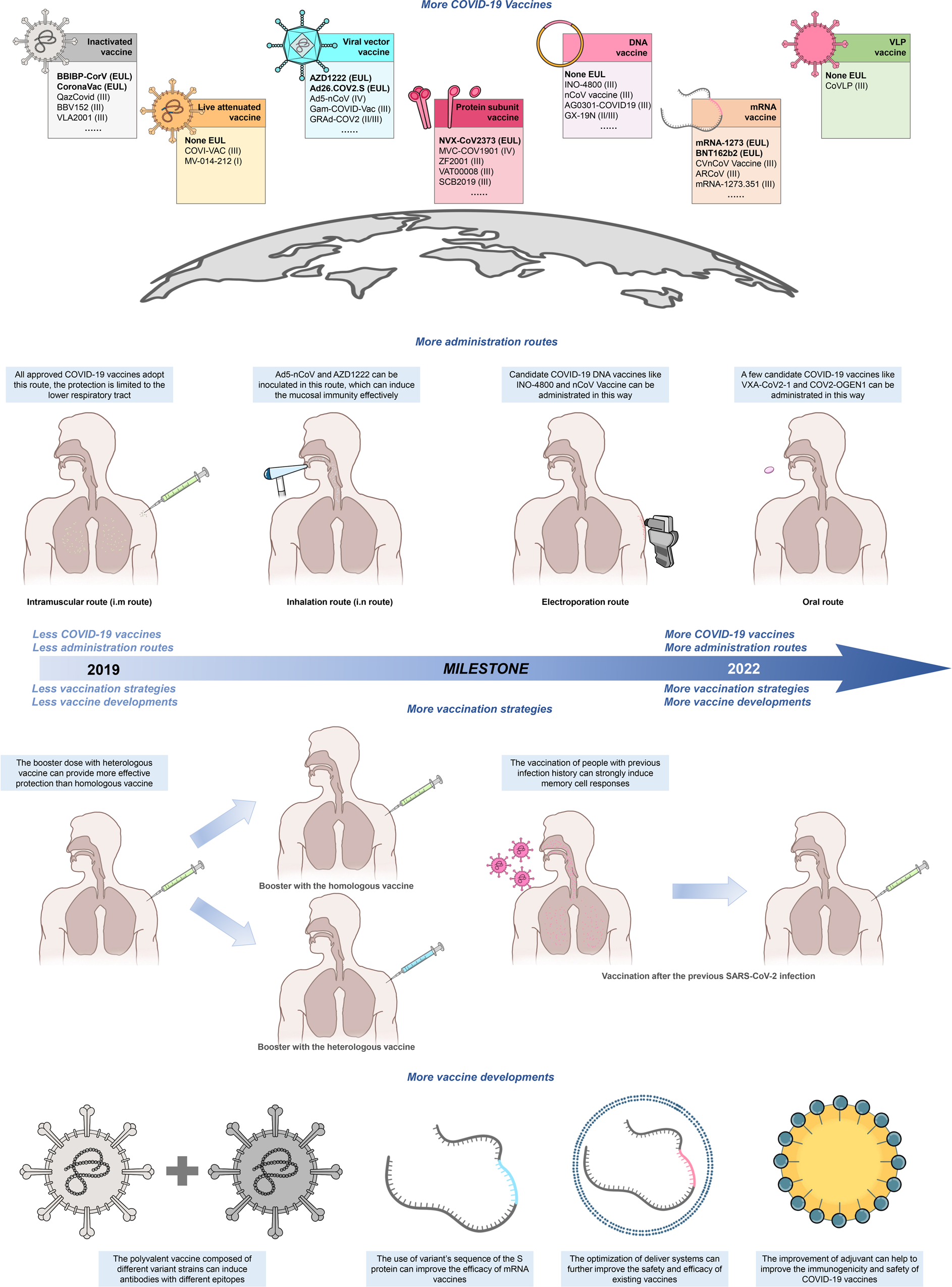Every time we step into our kitchens and begin to cook, we unknowingly initiate a series of chemical reactions. Ingredients transform, colors change, and flavors develop. But have you ever wondered about the science behind these culinary marvels? Let’s explore some of these chemical phenomena that make our dishes delectable.
1. Introduction:
The kitchen is a veritable chemistry lab, where ingredients serve as reactants and the final dish is the product. Many of these chemical reactions are fundamental to creating flavor, texture, and visual appeal.
2. The Maillard Reaction:
Ever wondered what gives a seared steak its rich brown crust or toast its golden hue? The answer lies in the Maillard Reaction, where amino acids (from proteins) react with reducing sugars at high temperatures, producing complex flavor compounds and the characteristic brown color.
3. Caramelization:
When sugar is heated, it undergoes caramelization. It breaks down and forms hundreds of new compounds, giving rise to a rich brown color and a complex sweet flavor. This reaction is behind the magic of caramel sauces, candy, and crème brûlée.
4. Emulsification:
Ever noticed how oil and vinegar separate, but when whisked with mustard or egg yolk, they form a stable mixture? This is due to emulsification. Emulsifying agents, like lecithin in egg yolk, surround oil droplets and stabilize them, preventing them from merging and separating.
5. Acid-Base Reactions:
The fizzy froth you see when baking soda (a base) is mixed with vinegar (an acid) is due to an acid-base reaction. This release of carbon dioxide gas is harnessed in baking to make cakes and bread rise.
6. Fermentation:
The tangy yogurt, effervescent beer, or airy sourdough bread owe their existence to fermentation. Microorganisms like bacteria or yeast metabolize sugars and produce compounds such as lactic acid or ethanol, transforming the texture and flavor of the substrate.
7. Gelatinization:
Starch plays a crucial role in thickening soups or gravies. When heated in water, starch granules absorb liquid and swell, leading to gelatinization. This thickens the mixture, producing the desired consistency.
8. Protein Denaturation:
The process of boiling an egg, searing a fish, or setting a custard involves protein denaturation. Proteins, initially folded into specific shapes, unfold and reassemble, changing the food’s texture.
9. Food Preservation:
Methods like pickling or salting are time-tested preservation techniques based on chemistry. Salt, for instance, draws out water from microbes through osmosis, making the environment inhospitable for them. Acids in pickles lower the pH, preventing microbial growth.
10. Leavening Agents:
Agents like baking powder or yeast help baked goods rise. They produce gases (typically carbon dioxide) that get trapped in the dough, causing it to expand. When baked, these gas pockets result in a soft, fluffy texture.
11. Conclusion:
The next time you cook, take a moment to appreciate the myriad of chemical reactions at play. From the golden crust of a freshly baked loaf to the velvety texture of a custard, chemistry is instrumental in shaping our culinary experiences. By understanding these reactions, we can become better, more informed cooks, capable of harnessing science to create gastronomic masterpieces.
Tags:
#KitchenChemistry #MaillardReaction #Caramelization #Emulsification #Fermentation #Gelatinization #FoodScience #ProteinDenaturation #EverydayChemistry











